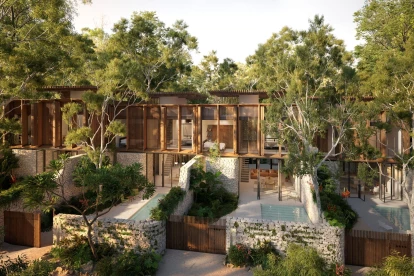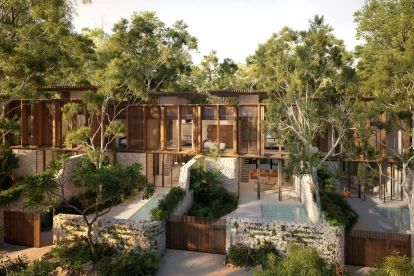How Architecture Impacts The World At Large
Throughout history, architecture has stood as a representation of society, reflecting the values, success, and eventually the downfall of civilizations over time. We can learn a lot from the people before us, the ones who inhabited monumental structures and buildings. By studying the environment of the past, and combining it with modern-day research, it is clear to see the effects architecture has on people.
The importance of architecture
Architecture exists to create a physical environment in which people live in. However, it’s also a part of our culture, it is a representation of how we see our country or ourselves. For example, London, England has Victorian architecture that was constructed during the reign of Queen Victoria. And in Greece and Rome, the architectural style is classical and often expressed by the temple as an oblong enclosure or surrounded by columns. Styles of buildings were originally shaped by the climate of the location. Also what materials were available, and the values of the society building them.
Architecture grew from the human need for shelter, but not it’s a form of identity. In addition, the internet and new technology are bringing the world closer together, they are finding more common ground between them. Cultures are coming together and they are sharing designs, which is quite a powerful thing.
:max_bytes(150000):strip_icc()/GettyImages-1134454893-ad4d4f8ecce646e0beb8059f256dfc5d.jpg)
How architecture can affect a person
Architecture affects people on a personal level. And it can have a profound impact on its occupants. The layout of the space and the materials can contribute to a ds a person’s health, mood, and productivity. People who work in well-designed spaces are more focused, are less sick, and contribute more to their company. although the space needs to be functional it should also make you feel comfortable
The impact it has on the environment
The impact on the environment can be positive and negative. Studies have shown that man-made structures constitute 40% of the world’s energy use. And these numbers are only going to rise. Although big architectural buildings are popular and the most famous, creating eco-friendly structures ensures the existence of future generations.
Sustainable architecture seeks a positive environment and architecture relationship. For starters using environment-friendly construction materials are essential. Also designing structures that have maximum use of natural light and air circulation will minimise the use of electricity. One of the main problems for the environment is pollution, building with a reduced carbon footprint reduces the increase of greenhouse gases.







